Rethinking Elder Care
By prioritising the well-being and dignity of the elderly, we can create a society that values and supports people of all ages, ensuring that everyone can age with grace, dignity, and security.
By Abhigyan/Abhinav
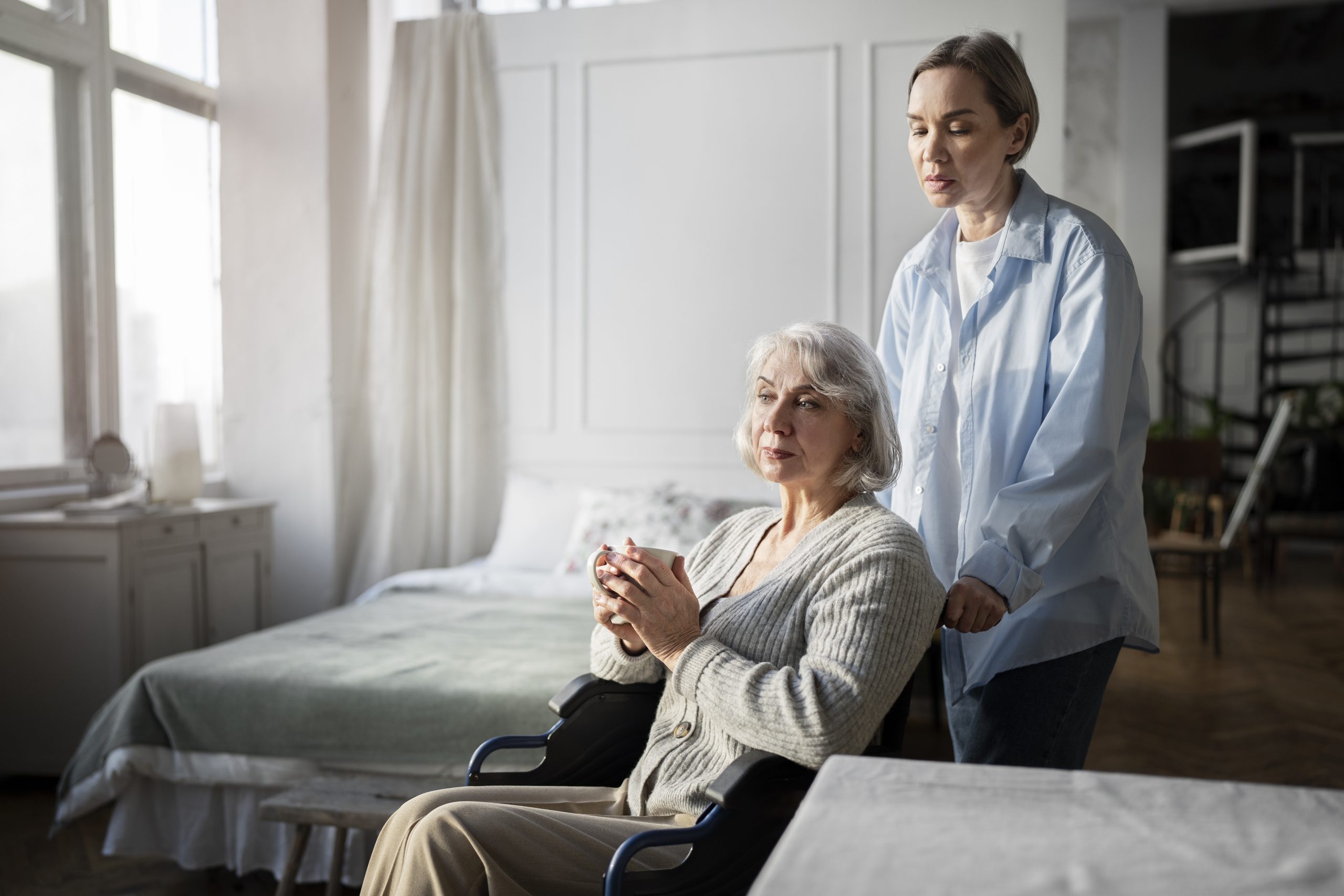
In India, due to demographic transition, the elderly population is projected to rise to 12% of the total population by 2025. The elderly in India are a heterogeneous population with variations in morbidity across several variables such as gender, location, socioeconomic status, and diversity in culture and religion. At least 70% of India’s elderly live in rural areas, are illiterate, and economically dependent.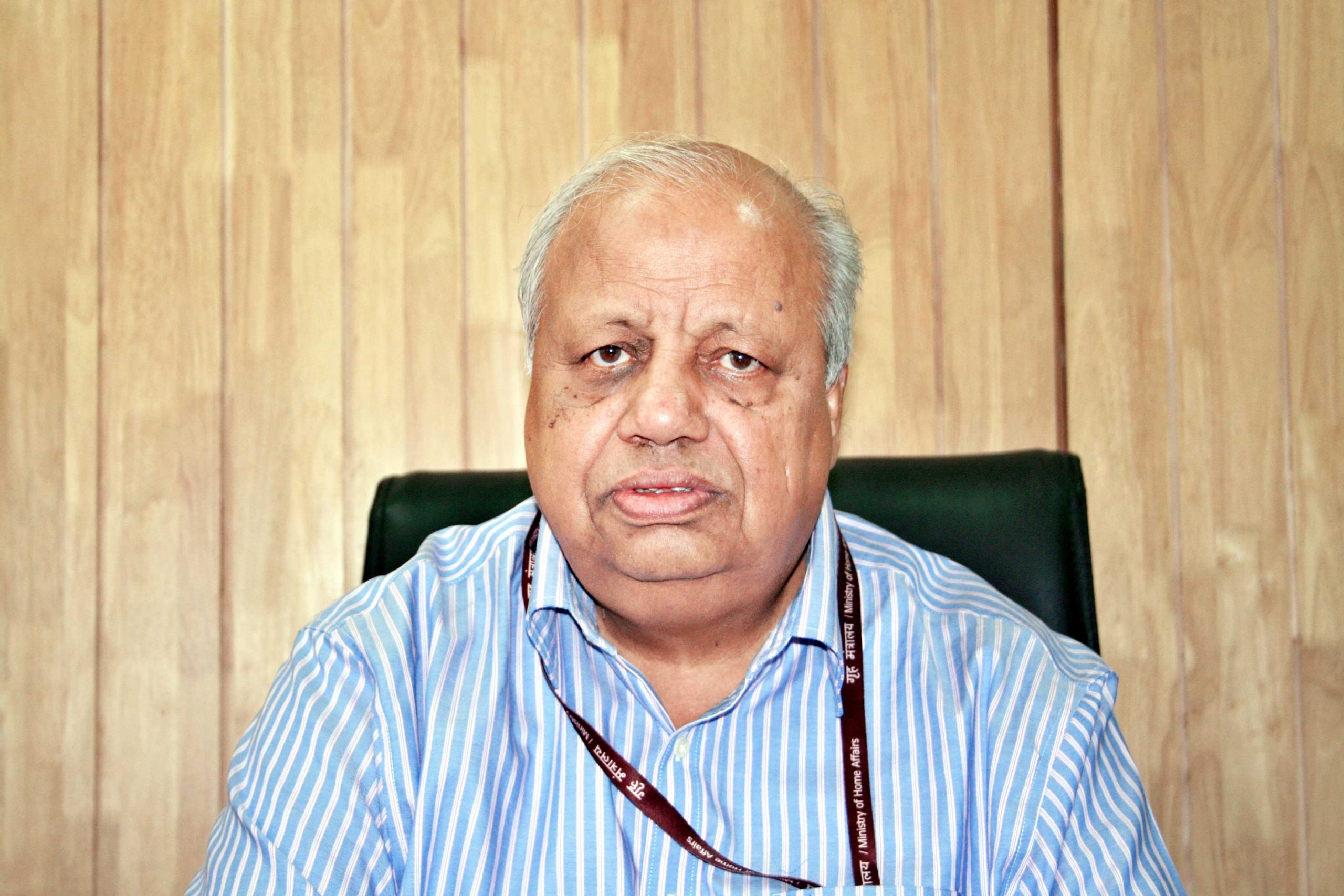
The elderly suffer from a dual burden of communicable and non-communicable diseases, in addition to impairments of special sensory functions such as vision and hearing, and other degenerative diseases. Additionally, the geriatric population is often on multiple therapies to treat several diseases, sometimes under the supervision of different specialists. This can lead to overlooked drug-drug interactions. Adherence to therapy is also a significant concern in this population, both due to several drugs being prescribed for various indications and due to failing memory or general neglect of health issues among the elderly by themselves and by their families.
Says Dr A. K. Agarwal, Former Dean of Maulana Azad Medical College, New Delhi, and presently Medical Advisor for Clinical Research and Innovation at Apollo Group of Hospitals, New Delhi, “The ever-increasing elderly population poses social and financial challenges and puts immense strain on the health system due to a marked shift toward chronic non-communicable diseases. Besides, social factors such as fewer children in each family, increased employment of women—who traditionally took care of the elderly in India—rapid urbanisation, and the rise of nuclear families call for more focus on geriatric issues. With such a significant proportion of the population being frail and fragile, there is a need to address the medical and socio-economic problems and promote social security, inclusive care, and healthy aging.”
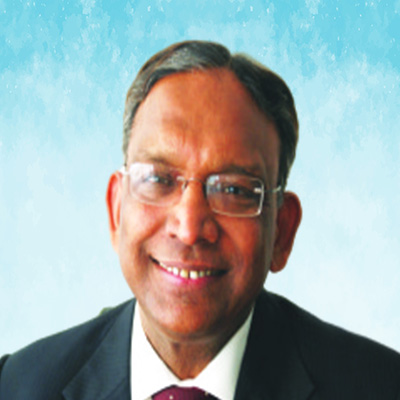 Dr Vinay Aggarwal, Past National President of the Indian Medical Association, observes, “In my opinion, geriatric care is conspicuously missing from the medical education curriculum. Moreover, nursing and other paramedical staff members are not formally trained in providing care for elderly patients. Only selected facilities have a dedicated geriatric unit, but they are concentrated in urban areas and relatively expensive. Very few hospitals provide inpatient geriatric care, and the concept of long-term care homes is also missing.”
Dr Vinay Aggarwal, Past National President of the Indian Medical Association, observes, “In my opinion, geriatric care is conspicuously missing from the medical education curriculum. Moreover, nursing and other paramedical staff members are not formally trained in providing care for elderly patients. Only selected facilities have a dedicated geriatric unit, but they are concentrated in urban areas and relatively expensive. Very few hospitals provide inpatient geriatric care, and the concept of long-term care homes is also missing.”
A recent study conducted for the United Nations revealed that a large majority of the elderly in India do not receive long-term and palliative care. Although there are NGO-managed old-age homes, day-care centres, and mobile medicare units that provide care to the elderly population, these services are urban-based, expensive, or focused on tertiary care rather than primary care. This setting is entirely absent in rural parts of India. Furthermore, economic support is also a concern in this age group as they are mostly dependent on family with no continuous source of income. Although the health insurance sector is on the rise in India, insurance policies tend to exclude those who need it the most, especially the elderly.
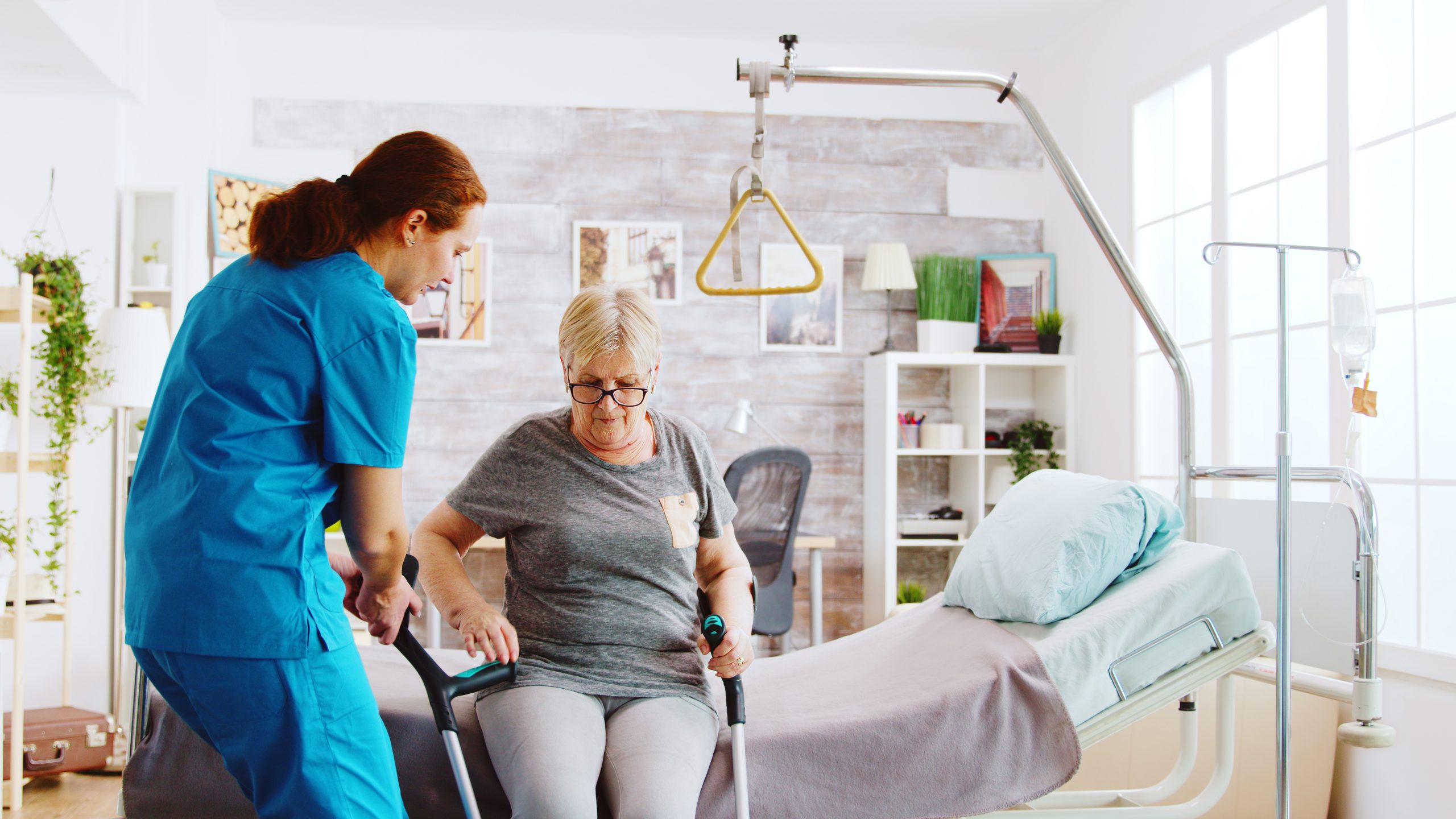
Recently, the Government of India has taken significant strides towards securing the rights of the elderly. In 2007, the Indian parliament passed a bill known as the Maintenance and Welfare of Parents and Senior Citizens Act, which made maintenance of parents or senior citizens by children or relatives obligatory and provided penal provisions for their abandonment. The Government of India formulated the National Program for the Healthcare of Elderly in 2011 to provide easy access to preventive, promotive, curative, and rehabilitative services to the elderly at all levels of the healthcare delivery system, along with specialized long-term and short-term training of health professionals to address the growing health needs of the elderly. However, like other health schemes, implementation has not reached the desirable level.
A report released by the United Nations Population Fund and Help Age India suggests that the number of elderly persons in the country is expected to grow to 173 million by 2026. It is expected to lead to greater challenges for medical care in terms of care delivery, cost, and maintaining quality of life for aging individuals.
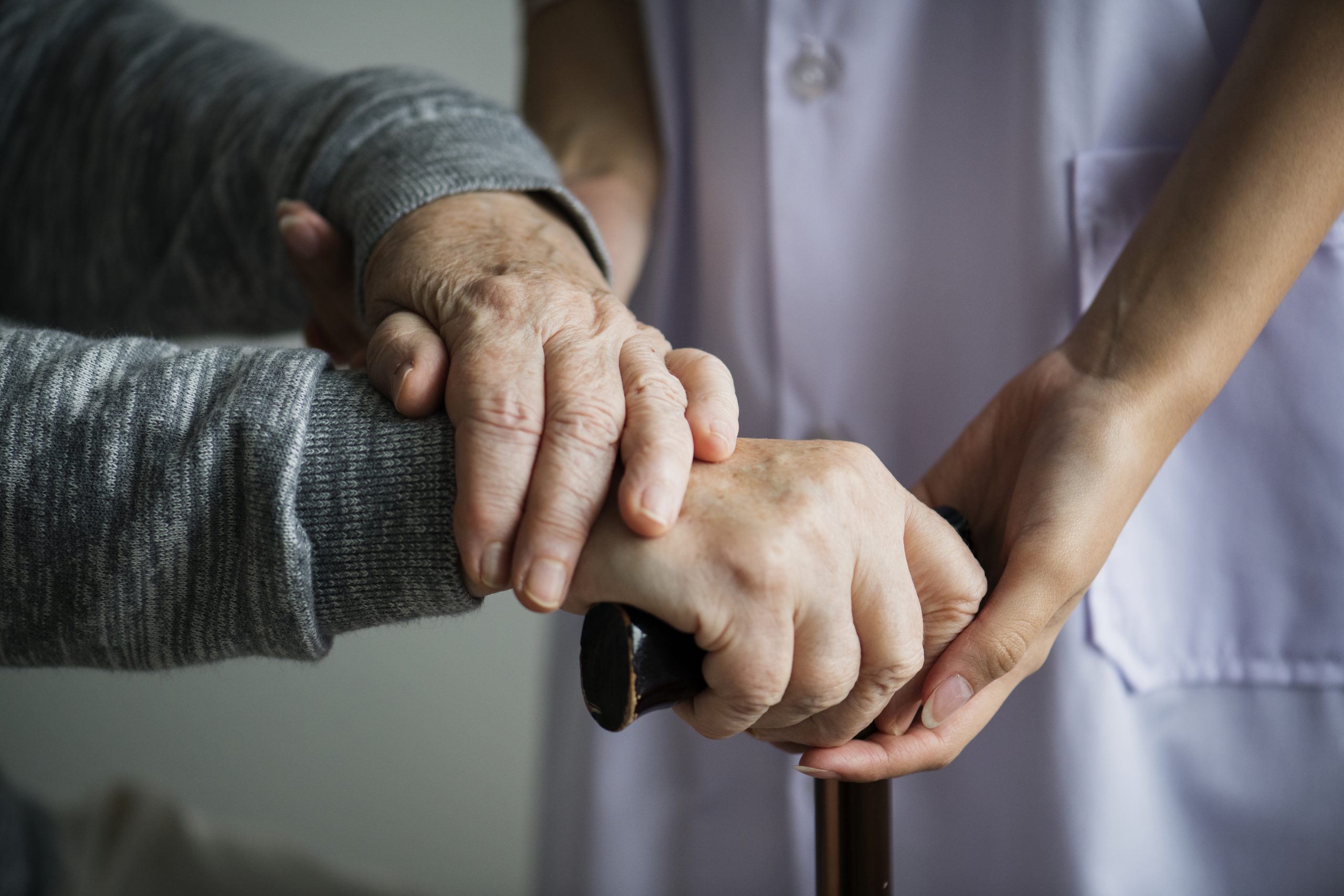
Orthopaedic surgeons shall face unique challenges in caring for this aging population. In particular, spine surgeons have to face the challenges of treating the growing numbers of patients with traumatic or insufficient spine fractures as well as degenerative deformities and instabilities. The goal of the surgeon should be to enable the elderly to perform their usual activities of daily living independently or with minimal dependence on the family or care takers. Attention must be given to every aspect and potential degenerative condition associated with aging to effectively support the elderly population.
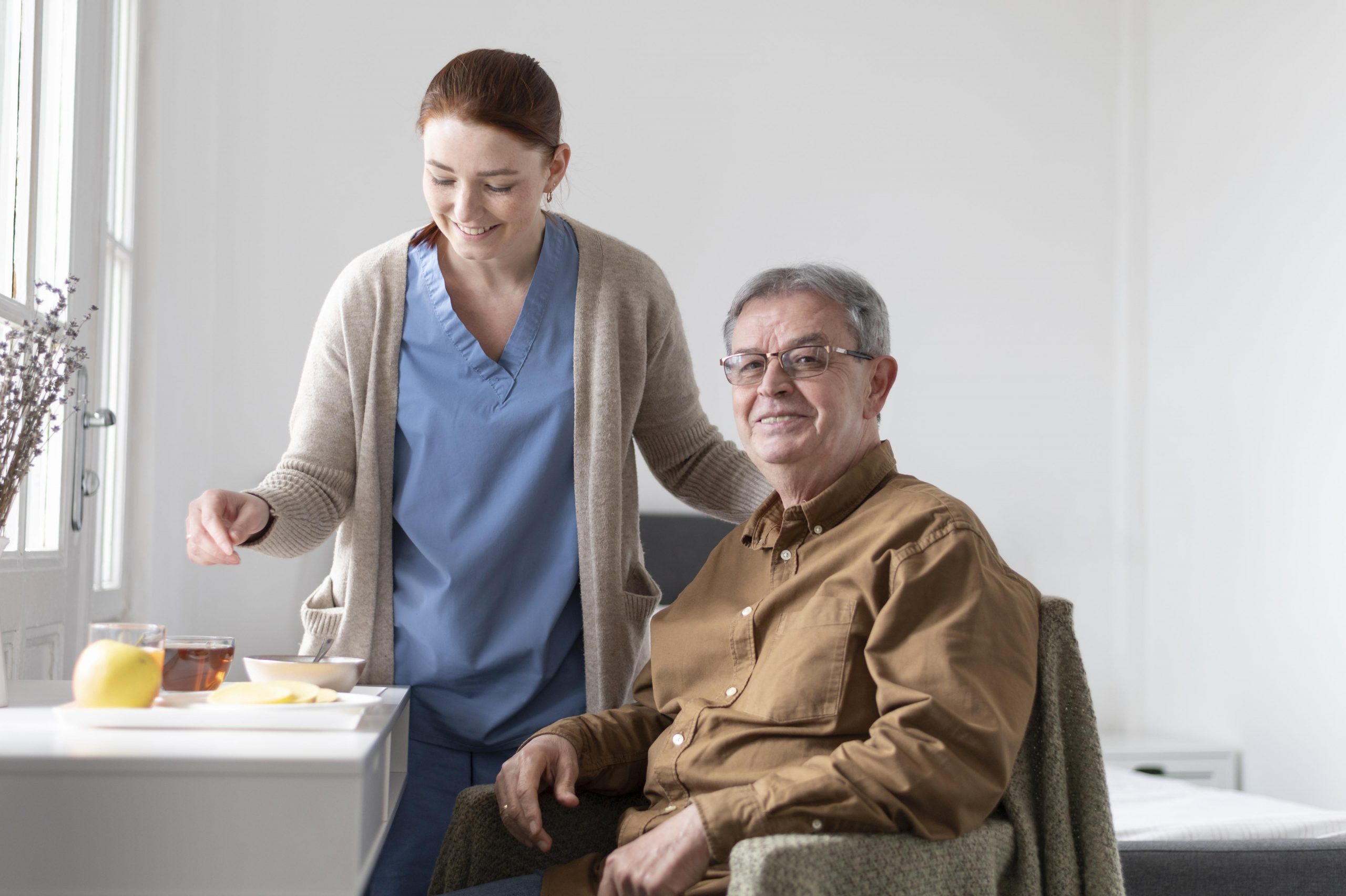
It is the duty of all medical professionals and family members to provide due care, support, and financial stability to the group of people that raised them and empowered them to fulfil their lives. They must not forget that aging is natural and will be experienced by everyone. Dignity and the right to a healthy life are the least that society owes to its elderly. We should seek cost-effective, feasible models of geriatric care that are acceptable and based on our cultural practices and traditions. A comprehensive preventive package should be delivered, including knowledge and awareness regarding common geriatric problems and their prevention, healthy nutrition, physical exercise, yoga and meditation, and the promotion of mental well-being.

